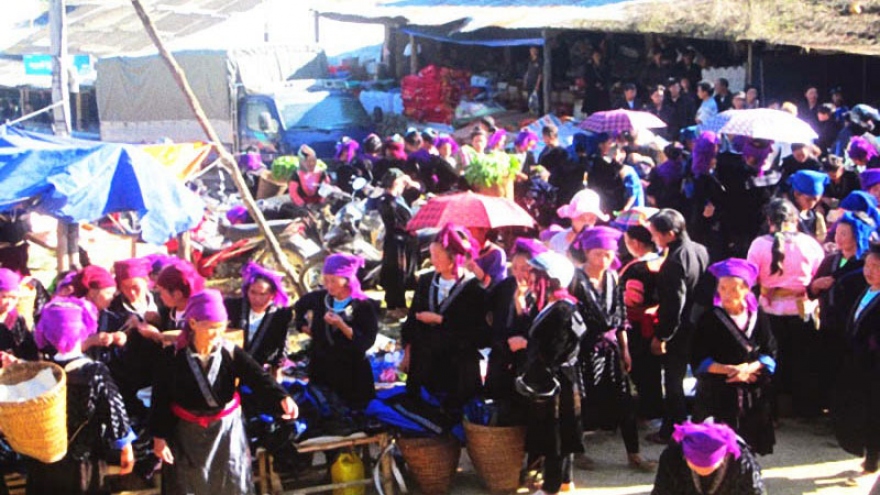Tet customs in Vietnam
VOV.VN - Tet, the first festival in a lunar year, is of great importance to the Vietnamese and people in some other Asian countries.
Generally, the first day of Tet is for family reunions and worshipping ancestors but people in different places have different ways of celebrating Tet.
As Vietnam was an agriculture-based nation Tet was regarded as the biggest festival of the year and an occasion to worship ancestors and thank heaven and earth for bumper crops. On the first day of Tet, family members gather for a meal together, tell each other their happenings during the last year, and wish one another a new year of happiness, prosperity, good luck, and favorable business. Therefore, preparations of offerings to ancestors and meals during Tet are very important.
Folklorist Huynh Ngoc Trang said “According to Vietnam’s traditions Tet was an agricultural rite, signaling the end of a crop. The Vietnamese consider rice pearls of heaven. Sticky rice is perhaps the most precious because most offerings to ancestors and heaven across Vietnam are made from sticky rice.”
 |
Because of the cold weather Tet dishes in northern provinces must include square sticky rice cakes, pickled scallions, friend pork meat, and frozen jelly pork belly. All Tet dishes must be carefully placed so that their colors will be blended beautifully.
Cuisine artisan Nguyen Thi Tuyet of Hanoi said “Luck is what people wish each other during Tet so there must be a plate of steamed momordica sweet rice on the tray of offerings. People in northern Vietnam think the color of this plate will bring them luck in the New Year.”
Tet dishes in the central and southern region differ those from the north. They are mainly cold dishes because of the hot weather, which include porkpie, Hue-style chicken salad, boiled pork, shrimp paste, and friend fish. The dishes in central and southern provinces are often sweeter than those in the north. Ginger jam is a must-have Tet dish in Hue and other central province.
Nguyen Huu Nam of Hue city said “Ginger jam is a Hue specialty because Hue’s ginger has a unique flavor and fragrance. The spicy and sweet flavor of ginger jam accompanied by tea matches Hue’s weather perfectly.”
Tet dishes in southern province, meanwhile, include cylinder sticky rice cakes, bitter melon soup, and caramelized pork belly accompanied by pickled scallions.
The five-fruit tray in northern Vietnam often includes bananas, pomelos, peaches, kumquats, and persimmons. One theory says that the five fruits are symbolic of the five basic elements of oriental philosophy: metal, wood, water, fire, and earth. Other theories regard the tray as symbolic of the fruits of a family's hard work throughout the past year, which are consecrated to heaven and earth and their ancestors as sign of respect and gratitude.
In the south the tray includes custard apples, coconuts, papayas, mangos, and figs, symbolizing southerners’ wish for “just enough to spend”.
People in the northern region use peach blossoms to decorate their altars or houses while those in central and southern provinces use yellow apricot blossoms and yellow chrysanthemum flowers.
Life has become busier and many Vietnamese families don’t pay much attention to preparing Tet dishes, yet, they are a symbol of respect to ancestors and the image of family members having a meal together at the end of the lunar year will forever remain in the minds of the Vietnamese.



